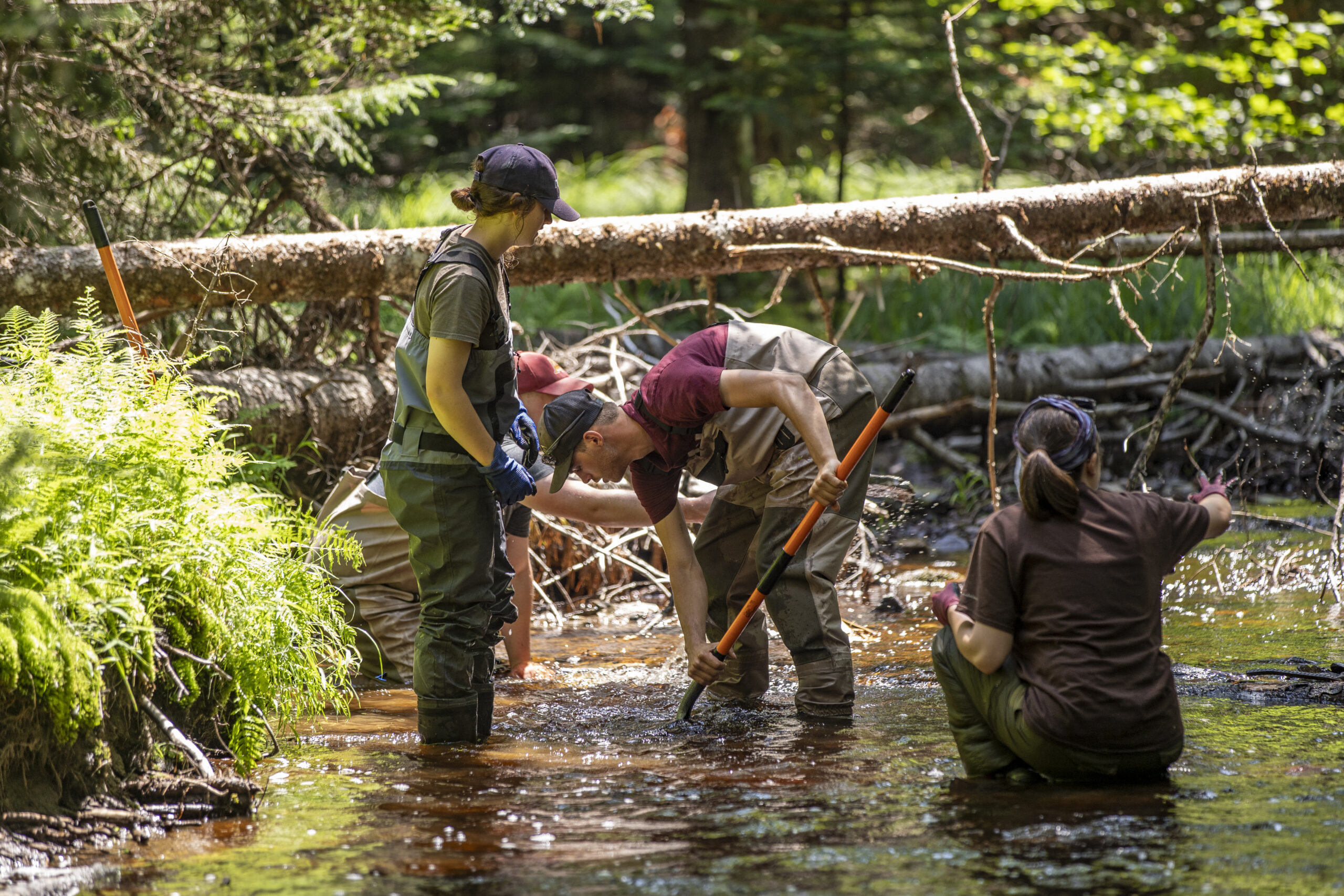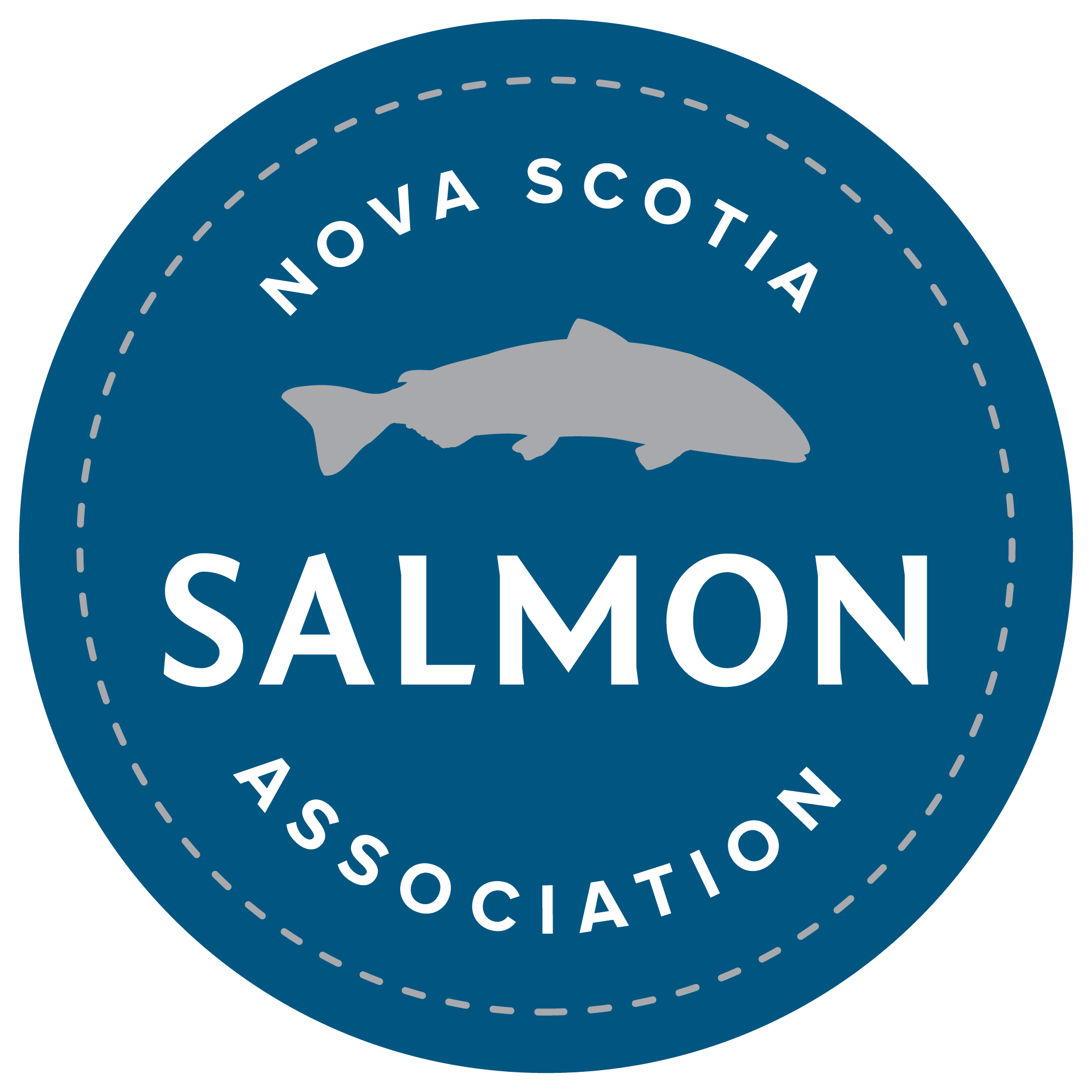
Habitat & Water Quality
Healthy rivers are the foundation of healthy wild Atlantic salmon populations. At the Nova Scotia Salmon Association, we work across the province to protect and restore the freshwater environments that salmon and trout, and many other species, depend on.
Our approach is rooted in science and driven by results. We restore stream channels, improve fish passage, replant riparian zones, and reduce acid rain impacts through innovative lime dosing programs. Every project is designed to improve water quality, stabilize habitat, and bring balance back to damaged ecosystems.
Across Nova Scotia, habitat degradation and poor water quality stem from a combination of historical and ongoing pressures. Poorly built or aging culverts block fish from reaching spawning grounds. Acid rain, especially in upland areas with low-buffer soils, continues to alter water chemistry, making some rivers inhospitable to aquatic life. Forestry, roadbuilding, and development have stripped away streamside vegetation, increased erosion, and allowed sediment to clog spawning beds. These stressors accumulate, weakening the river’s ability to support not just salmon, but a whole web of species.
Why does this matter? Because poor water quality, acidification, and habitat degradation are among the leading threats to wild salmon. When waters are too acidic, salmon and trout eggs can’t survive. When streams are clogged, overheated, or stripped of shade and structure, juvenile fish struggle to feed, grow, and migrate. These problems don’t just affect native fish, they weaken entire watersheds.
Our work has helped re-establish spawning runs in formerly barren rivers, increased biodiversity, and created more resilient ecosystems in the face of climate change. Through partnerships with local communities, government, industry, and volunteers, we’re proving that science-based restoration can deliver real change, river by river.
Protecting Nova Scotia’s aquatic habitat isn’t just about saving fish – it’s about safeguarding clean water, strong ecosystems, and the deeper connection to the natural biodiversity that sustains us all.
